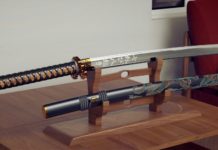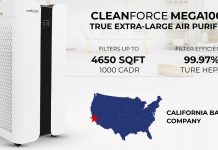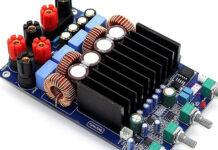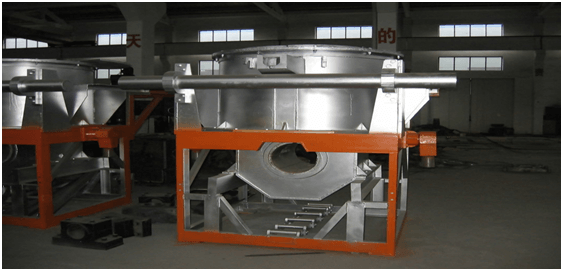An induction melter refers to an electrical furnace. The device uses heat ranging from less to over one kg to melt iron, copper, and other precious metals. Also known as an induction furnace, the machine is not only clean but energy-efficient. It’s also a controllable, effective melting device. Here are the top operating principles of an induction melter.
- A Look at the Voltage
The first operating principle of the induction furnace is that a high power voltage from the primary coil will induce a high current into the metal. Induction heating is the method used to transfer heat energy. An induction furnace is ideal for melting different types of metals using minimum melt losses.
- The Work Coil
The work coil of the induction melter is also referred to as the inductor. This element defines how efficient the device can heat metal. A work coil comes in different types, including complexity and how it generally operates. There are simple work coils such as helical and solenoid. This one has several turns of the copper tube around its mandrel.

- The Crucible
Usually, the crucible of the induction melter is created by ramming a primary granular refractory between the coil as well as a hollow internal former. In the end, the component is melted away using the first heat that leaves a sintered lining. The energy crucible then converts the voltage as well as the frequency of the primary supply needed for electrical melting.
- The Channel Induction Furnace
A channel induction furnace has a refractory aligned with a steel shell. This component contains some molten metal. An induction unit is appended to the steel shell and an iron core that forms a ring where the coil is attached. This system creates a transformer that has a molten metal loop. The heat exuded from the loop enables the metal to circulate into the furnace.
- The Coreless Induction Melter
A coreless induction melter is one of the essential furnaces for many cast iron industries. It’s often used as a melting furnace or a casting furnace. The furnace is also environmentally friendly. It has a highly flexible feature that make it acceptable by the furnace induction industry.
- How Heating Occurs
A melting furnace generates hot temperatures exceeding the melting point of the metal. This causes the disintegration of its structure. It then leads to liquefaction. The phase is dependent on temperature as well as pressure. With that said, few metals may exist in their liquid form, although mercury is an exception.
- How To Get a Homogenous Mixture

To have a homogenous mixture from the melting process, the induction melter should generate as well as maintain the requisite temperatures for a certain period. A melting furnace architect can spearhead the process.
- The Frequency Employed
The frequency employed by the melting furnace is dependent on the capacity of the coreless induction furnace. Low capacity furnaces function well under high pressure. High capacity furnaces operate under low pressure. To reduce metal loss, hollow tubes are used. The operating element of such furnaces is low. As such, static capacitors will be used to improve the main power factor of installation.
Take-Home
Whatever fuel/power a melting furnace uses, the device operates on the sole principle of air heating. This implies that the blower fans, thereby, sending the components of the device to the ductwork of the vents. The furnace shares a duct system with the air conditioner. Therefore, additional space isn’t required for a cooling system. That’s why it’s crucial to understand how a melting furnace operates.
























